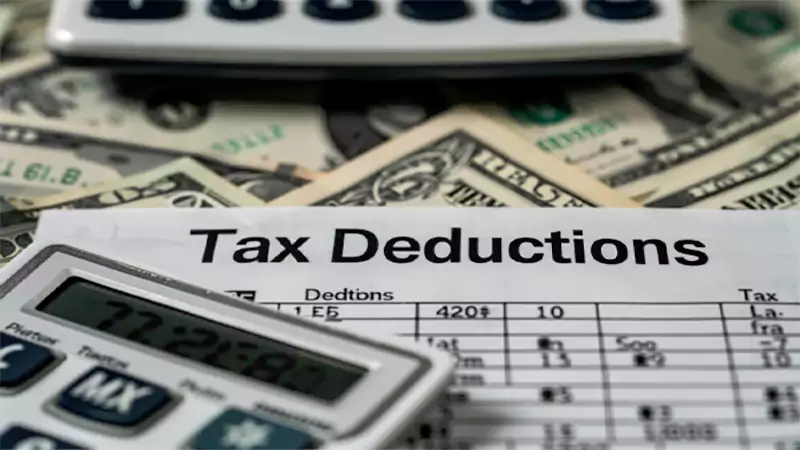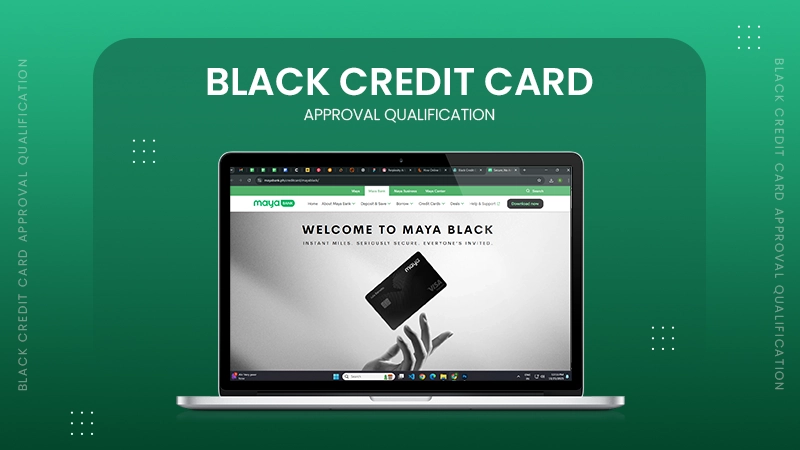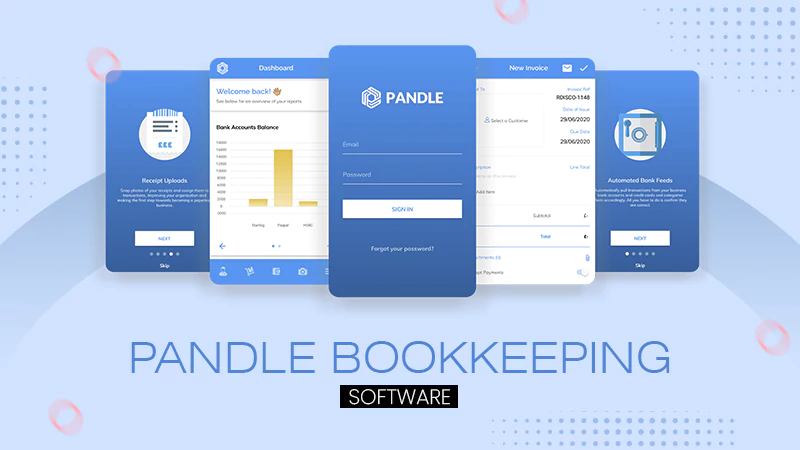Most financial experts categorize motion graphics as speculative, recommending only to invest 3-5% of your net worth into crypto.
It is not a decoration to have a powerful visual system. This operational asset reduces support tickets, expedites delivery, and lowers acquisition costs.
Consumers will recognize you more quickly and stop speculating about how your product functions if the same design language is used across pricing pages, slide decks, and mobile screens.
The road to action is shortened by that recognition. It means more initial calls for a sales team. There will be fewer “how do I find X messages for the support staff. It means fewer fires for a founder.
Teams that treat icons, colors, and typography as a system ship with less waste. A developer taps a token for size and color, drops an icon that was drawn for that size, and moves on.
In this blog post, we are going to explore more layers of this segment and provide valuable insights to the readers.
Let’s begin!
Key Takeaways
- Decoding what the visual system includes
- Looking at some real-life examples
- Discovering some failure costs
- Uncovering marketers’ speed and accessibility
- Exploring some common traps and how to dodge them

The Business Case, in Plain Numbers
Having a solid visual system isn’t just for show; it’s a game changer. It cuts down on support tickets, speeds up delivery, and saves you money on acquiring new customers.
When you use the same design style across your pricing pages, slide decks, and mobile screens, people will recognize your brand faster and stop guessing how your product works.
That kind of recognition makes it easier for people to take action. It means your sales team will get more initial calls. Plus, there will be fewer “how do I find X” questions for support staff, which means less stress for founders.
A developer can grab a size and color token, use an icon that fits, and keep moving.
What a Visual System Actually Includes
A working system extends beyond a logo and a palette. It includes icon families with consistent grids, stroke weights, and corner logic. It includes guidance for contrast ratios and text sizes. It includes patterns for states, such as empty, loading, success, error. It includes rules for motion that respect accessibility. Most importantly, it includes governance so that new pieces do not break the language.
Icons8 is useful here because it behaves like a production line. You get outline, filled, two tone, and color families that share alignment rules and spacing logic. SVGs come clean, so you can theme them with currentColor in code. You can export at scale and change the stroke and corner styles in the editor. That is what separates a system you can use from a folder of images.
Interesting facts
55% of a brand’s first impressions are visual, and consumers take an average of 7 seconds to form that initial impression.
Real Examples you can Learn From
Google’s Material Design shows how a clear system reduces ambiguity. Teams across products make consistent choices without a daily meeting. IBM’s Carbon system proves that enterprise scale can still look coherent. Shopify’s Polaris shows how product and marketing can share a voice. These systems succeed because they are built on reusable tokens, repeatable components, and disciplined iconography. It’s an easy lesson. Establish guidelines that work well for everyone, then follow them everywhere.
You should imitate the idea rather than the footprint if you are employed by a smaller organization. You do not need a binder. You need a tight set of tokens, a small library of matching icons, and a checklist of states. Icons8 gives you a ready base so your team can spend time on product logic, not vector surgery.
Failure Costs are Visible to Users
Inconsistent icons create friction. A bell that changes stroke weight between pages suggests a change in meaning. A filled control next to four outlines looks active when it is not. A red used for error that also appears in a brand accent confuses the message. All of this adds micro friction that turns into drop off.
A good visual system removes those risks. Pick one base size for dense UIs and test at that size. Keep stroke weights predictable across the set. Reserve filled for primary actions and key states. Use outline for neutral controls. Document the rule and hold the line.
Icons are the Quiet Workhorse
An icon library that respects small sizes is gold. At 16 pixels, interior counters collapse if the drawing is loose. At 20 pixels, diagonal strokes shimmer if geometry is sloppy. Icons8 draws for small sizes first, then adapts upward. Paths are sensible. Negative space is preserved. The result stays legible in a table cell and still feels solid in a card.
Search matters. The library resolves synonyms, so alert, bell, and notification bring you to the same family. Each icon page links related states, such as add, remove, off, slash, and filled. That speeds up the work of wiring micro interactions.
Developers Want Parts That Click Into Place
Engineers care about the same two things every week, fast builds and low noise. Clean SVGs compress well with Brotli. Inline markup picks up color from currentColor, so theme switches do not require new files. Simple wrappers for React or Vue pass size tokens and aria labels. Decorative icons are marked hidden. Informative icons have labels. Accessibility complaints go down.
When you need a sprite for a static page, you can make one. When you prefer per route code split, you can do that, since each file is small and tree shaking works. None of this should require a crusade. Icons8 keeps it routine.
Designers Keep Rhythm and Hierarchy
A good icon set is like a drummer with perfect timing. It gives rhythm without stealing the spotlight. Outline for neutral, filled for emphasis, two tone for larger scale and onboarding.
Use color icons when the story needs a bit of narrative, for example in an educational handout or a campaign hero. Avoid using more than one style or highlight rule in a toolbar; these are typically used when the toolbar is active. You will be able to breathe through your interface.
Marketers and Content Teams Need Speed
Campaigns move fast. A marketer can pick a color set that respects brand tokens, add a background shape, and export a landing page bundle in minutes. No detours through a heavy editor. No bottleneck on the one designer who knows the grid file. That speed makes campaigns feel alive instead of late.
Teachers and Students Need Clarity
Students learn faster when visuals have a consistent logical structure. Outline icons help with diagrams, because they guide attention without shouting. Small changes like plus or minus explain state without a paragraph. Teachers can use the free tier with attribution for class materials, then upgrade for commercial use. Clarity over flash every time.
Product Managers Want Fewer Fights
A shared visual system removes a thousand small debates. The team stops arguing about shapes and gets back to flows and outcomes. When someone proposes an exception, the rule is simple. Show a real user problem that the current pattern cannot solve. If the case is strong, add the exception to the rules and draw it to match the grid.
Maps, Places, and Clarity at Tiny Sizes
Products with location features need icons that survive on small cards and clustered maps. This is where disciplined geometry shows its value. If you are building search results for venues, start with a map subset. Test at 14 to 16 pixels on a dense list. If you need a baseline, the curated location icon set is a useful test case. If it reads clean at small sizes, your own custom pins will too.
Governance and Licensing Without Drama
Strong visual systems fail when licensing is unclear. Icons8 makes the rules explicit. Attribution is required on free use and removed on paid plans. That clarity helps legal and procurement approve faster. For startups it means you can prototype freely, then move to a commercial license when you have traction. For classrooms it means clean rules on what can go on slides and handouts.
Governance is boring by design. Keep a private subset that locks your palette and corner rules. Point contributors to that subset. Run a quick review before anything new ships. The goal is not control for its own sake. The goal is a product that looks and feels like one mind made it.
Accessibility is Not Optional
Icons either speak or stay silent. Informative icons need labels or described text. Decorative icons must be hidden. Good assets keep the markup simple, which makes these rules easy to apply. Contrast rules matter too. Outline icons let you adjust the strength of the stroke. Filled icons carry weight through area. Both can pass contrast checks when used with care. Build a quick test page and include it in your review process.
Performance and Reliability
Fast pages convert better. Clean vectors ship smaller files. Avoid base64 in CSS. Keep semantic icons in the DOM. Use modern compression. If you must ship PNG for legacy reasons, export only the sizes you need. Icons8 sources are tidy, so your build pipeline will not choke on stray masks or nested groups.
How to Start From Zero in One Week
Day one, define a base size and a type scale. Pick outline or filled as the default. Day two, assemble a small subset of core actions and states from Icons8 and test them on real screens. Day three, wire tokens for color and size in code. Day four, write a one page rule sheet that covers states, labels, and accessibility. Day five: build a tiny gallery that your team can browse in Figma and in your repo. Week two, commission two or three custom pictograms that only your product needs, drawn to the same grid.
This plan works for a two person startup and for a forty person product group. The difference is scope, not method.
Metrics that Prove the Value
Measure the time it takes to add a new feature icon across platforms. Track the number of accessibility issues related to icons. Watch click targets and error rates on flows that use a lot of iconography. Look at brand recall in surveys where you remove the logo. Numbers move when a visual system is strong. If they do not, your system is ornamental. Go back and simplify.
Common Traps and How to Dodge Them
Trap one, too many styles in one toolbar. Pick one and stay with it. Icons that attempt to convey a complete narrative at small sizes are the second trap. Minimize interior detail on small controls. Color that conveys meaning without a text backup is the third trap. Always pair color with a label or a shape change. Trap four, one off assets that sneak in from a past project. Keep a gate on your library so that only matched assets enter.
Where Icons8 Fits in the System
Icons8 is not the brand. It is the reliable supply chain. You get thousands of symbols that follow the same visual grammar, a web editor that lets you adapt them to your palette and corner rules, and handoffs that respect modern toolchains. Designers get rhythm. Developers get clean files. Marketers get speed. Teachers get clarity. Startups get runway without license stress.
The payoff is boring in the best way. Your product looks consistent. Your team stops losing hours to micro fixes. Your users spend less time guessing. That is what a strong visual system does. It takes the small things off the critical path so you can work on the parts that create value.
- The Business Case, in Plain Numbers
- What a Visual System Actually Includes
- Real Examples you can Learn From
- Failure Costs are Visible to Users
- Icons are the Quiet Workhorse
- Developers Want Parts That Click Into Place
- Designers Keep Rhythm and Hierarchy
- Marketers and Content Teams Need Speed
- Teachers and Students Need Clarity
- Product Managers Want Fewer Fights
- Maps, Places, and Clarity at Tiny Sizes
- Governance and Licensing Without Drama
- Accessibility is Not Optional
- Performance and Reliability
- How to Start From Zero in One Week
- Metrics that Prove the Value
- Common Traps and How to Dodge Them





